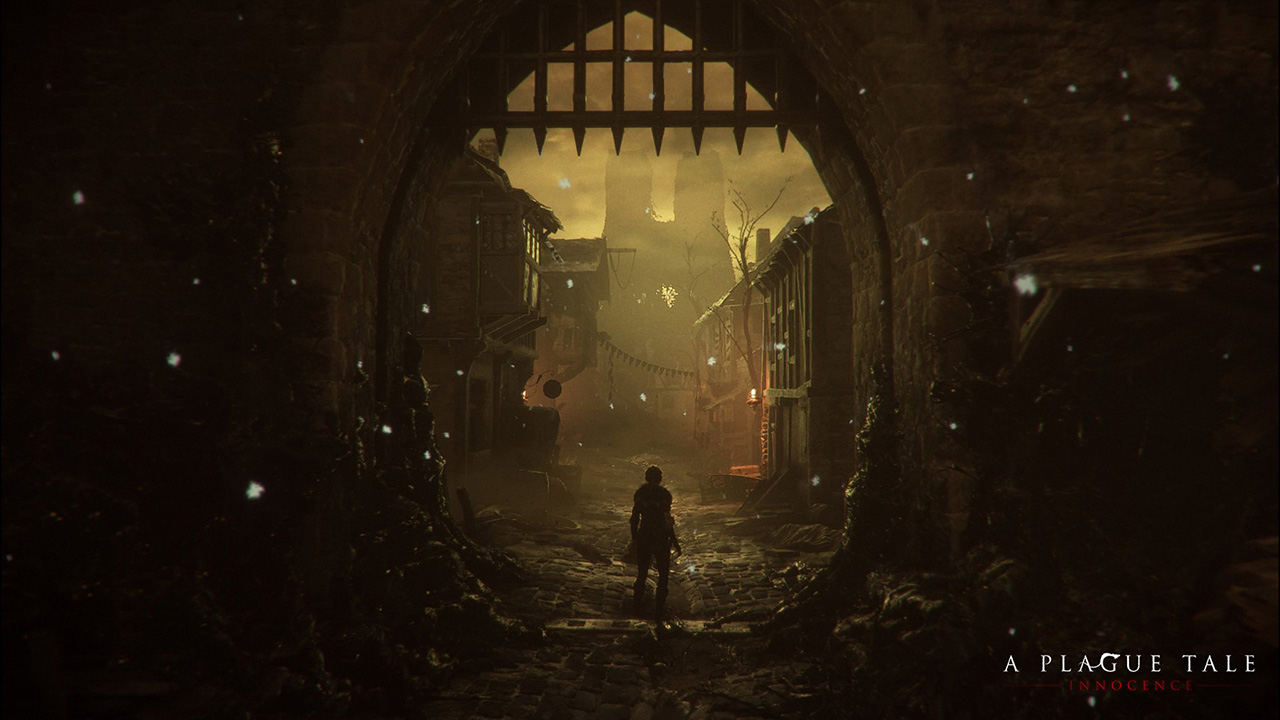| import 'dart:io'; | |
| import 'dart:developer' as dev; | |
| import 'package:shelf/shelf_io.dart' as io; | |
| import 'package:shelf/shelf.dart' as shelf; | |
| import 'package:vm_service/utils.dart'; | |
| import 'package:vm_service/vm_service.dart'; | |
| import 'package:vm_service/vm_service_io.dart'; | |
| import 'package:watcher/watcher.dart'; | |
| import 'package:stream_transform/stream_transform.dart'; |
In order for the LXC container to have full access the proxmox host directory, a subgid is set as owner of a host directory, and an ACL is used to ensure permissions.
Add the following line to /etc/pve/lxc/<CT_ID>.conf
mp0:/mount/point/on/host,mp=/mount/point/on/lxc
In the default Proxmox configuration, unpriviliged container subgids will have the prefix "10" followed by the expected 4-digit gid.
WARNING: Article moved to separate repo to allow users contributions: https://github.com/raysan5/custom_game_engines
A couple of weeks ago I played (and finished) A Plague Tale, a game by Asobo Studio. I was really captivated by the game, not only by the beautiful graphics but also by the story and the locations in the game. I decided to investigate a bit about the game tech and I was surprised to see it was developed with a custom engine by a relatively small studio. I know there are some companies using custom engines but it's very difficult to find a detailed market study with that kind of information curated and updated. So this article.
Nowadays lots of companies choose engines like [Unreal](https:
| using UnityEngine; | |
| [RequireComponent( typeof(Camera) )] | |
| public class FlyCamera : MonoBehaviour { | |
| public float acceleration = 50; // how fast you accelerate | |
| public float accSprintMultiplier = 4; // how much faster you go when "sprinting" | |
| public float lookSensitivity = 1; // mouse look sensitivity | |
| public float dampingCoefficient = 5; // how quickly you break to a halt after you stop your input | |
| public bool focusOnEnable = true; // whether or not to focus and lock cursor immediately on enable |
https://docs.unity3d.com/Manual/GPUInstancing.html
Use GPU Instancing to draw (or render) multiple copies of the same Mesh at once, using a small number of draw calls. It is useful for drawing objects such as buildings, trees and grass, or other things that appear repeatedly in a Scene .
GPU Instancing only renders identical Meshes with each draw call, but each instance can have different parameters (for example, color or scale) to add variation and reduce the appearance of repetition.
- 2011 - A trip through the Graphics Pipeline 2011
- 2013 - Performance Optimization Guidelines and the GPU Architecture behind them
- 2015 - Life of a triangle - NVIDIA's logical pipeline
- 2015 - Render Hell 2.0
- 2016 - How bad are small triangles on GPU and why?
- 2017 - GPU Performance for Game Artists
- 2019 - Understanding the anatomy of GPUs using Pokémon
| import 'package:flutter/material.dart'; | |
| import 'package:flutter/rendering.dart'; | |
| import 'dart:math' as math; | |
| class CustomLayout extends MultiChildRenderObjectWidget { | |
| CustomLayout({ | |
| Key key, | |
| List<Widget> children = const <Widget>[], | |
| }) : super(key: key, children: children); |
| access internal classes, by making your assemble definition named as: | |
| Unity.InternalAPIEditorBridgeDev.001 | |
| Unity.InternalAPIEditorBridgeDev.002.. | |
| Get full internal access without reflection to any Unity package. Create an assembly reference file and point it to the assembly you want internal access to, now add your scripts into the same folder. The scripts will be compiled as part of the target assembly! | |
| https://twitter.com/KarlJamesJones/status/1523992385071501313 | |
| textmeshpro not working, missing files, reinstall doesnt help | |
| - check if some package has TMPRO included, remove that first, then install full TMPRO |
